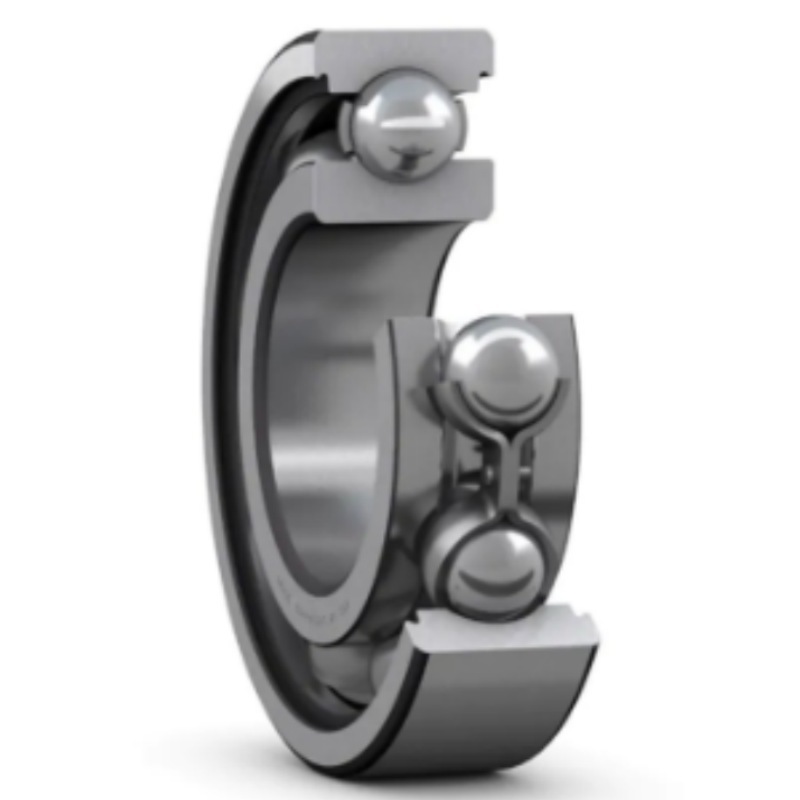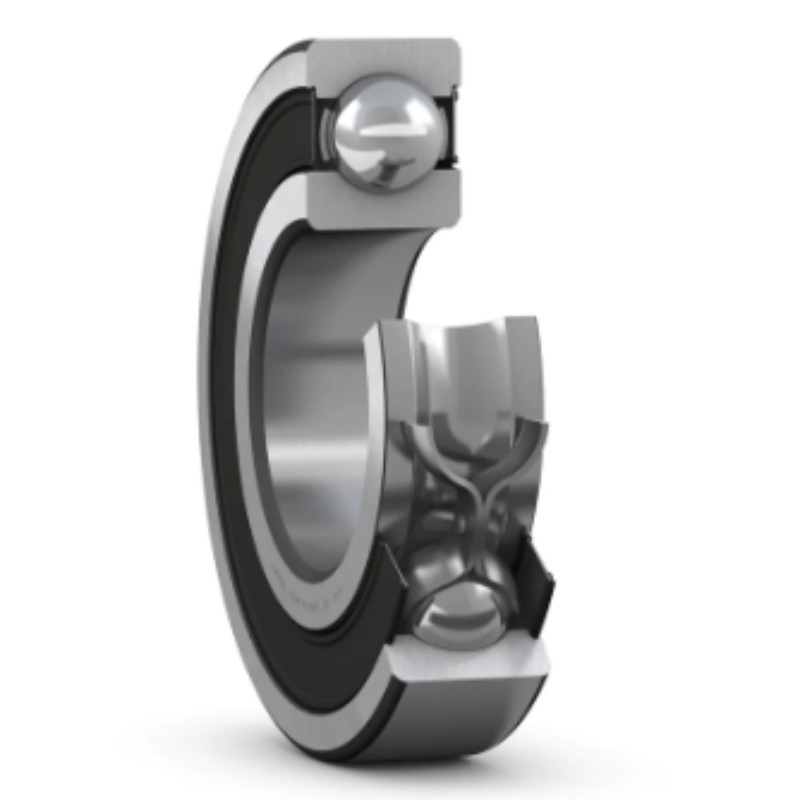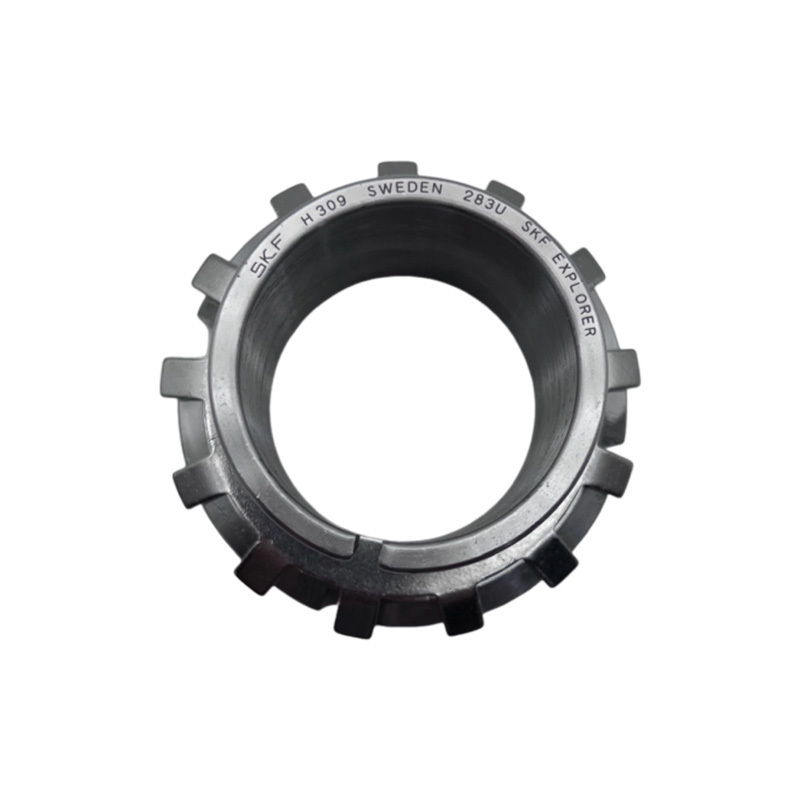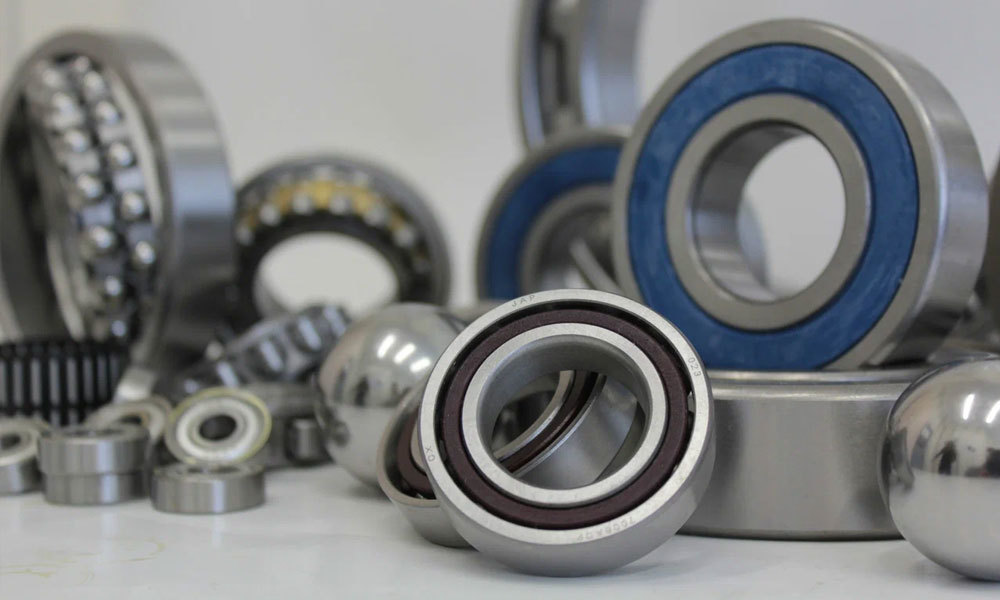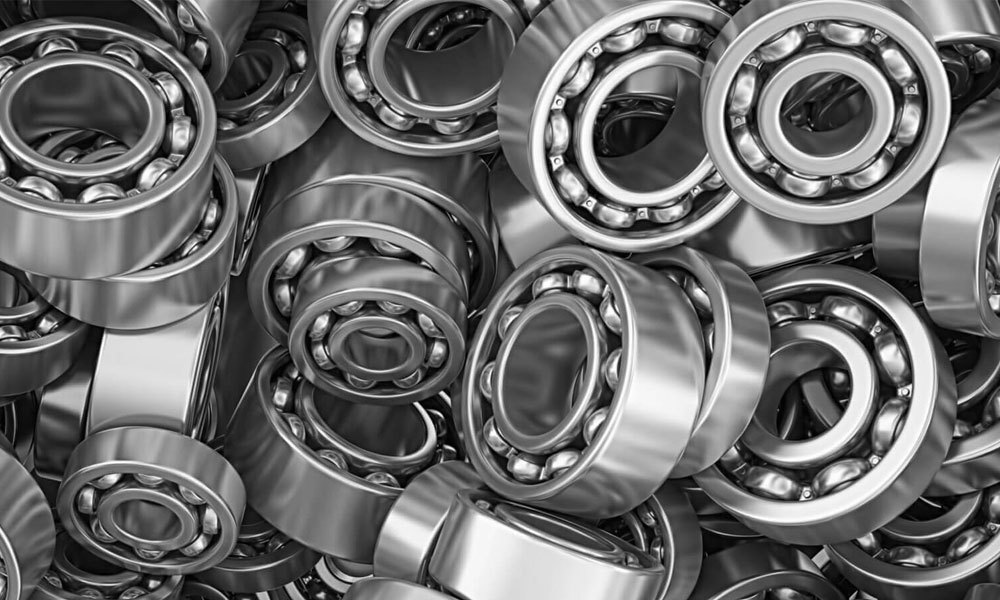Bearing maintenance cycle and method
Release time:
Apr 17,2024
How often should bearings be serviced? Bearings can theoretically be used for 20,000 to 80,000 hours, but the specific life depends on the wear and work intensity during use.
Dry the cleaned bearing with a dry rag, and then soak it in anti-rust oil. During this process, the bearing should be completely in contact with the anti-rust oil, and the bearing should be rotated continuously, so that the oil film formed by the anti-rust oil can cover the surface of the bearing to achieve the purpose of anti-rust.
Next, use lithium-based grease and butter, which need to be evenly applied to the surface of the bearing, including the inner and outer rings, wheels, and cage, and rotate the bearing while wiping, so that the butter really enters the inside of the bearing to fully lubricate. First put the bearing in gasoline to clean, wipe off the oil sludge and dust remaining on the bearing, and use metallographic sandpaper to gently wipe and polish any rusty bearings until there is no rough feeling by hand.
The last process is packaging. In order to save costs, we "turn waste into treasure", cut the scrapped cement packaging bags in the warehouse into suitable-sized packaging bags, wrap the bearings tightly, mark the specifications and models of the bearings, and put them back on the shelf for storage.
How to maintain the bearing
In order to make the bearing fully play and maintain its due performance for a long time, it is necessary to do a good job in regular maintenance (regular inspection). It is very important to improve productivity and economy to find faults early and prevent accidents before they happen through appropriate periodic inspections. Bearings are coated with an appropriate amount of anti-rust oil and packed with anti-rust paper when they leave the factory. As long as the packaging is not damaged, the quality of the bearings will be guaranteed. However, for long-term storage, it is advisable to store it on a shelf 30cm above the ground under the conditions of humidity below 65% and temperature around 20°C. In addition, the storage place should avoid direct sunlight or contact with cold walls. Moreover, when the bearing is removed for inspection, first use photography and other methods to make a record of its appearance. Also, confirm the amount of remaining lubricant and sample the lubricant before cleaning the bearing.
Bearing maintenance steps
1) Remove the wheel first, remember to put the screws away, otherwise it will be troublesome.
2) Remove the bearings. The core of some wheels is very tight, and the bearings are difficult to remove. Use a hexagonal wrench (the one that removes the screws) to dig it out forcefully. Don’t worry, the bearings are not easy to break.
3) Use a toothbrush to brush off the dirt on the surface of the bearing. It is fine if you don’t do this step.
4) The side covers of some bearings are detachable, while others are not. First judge whether the bearing is detachable.
5) If it is detachable, it is very simple. Use a flat-head precision screwdriver to pry up the C-ring in the gap of the C-ring, and then remove the side cover, just remove one side.
6) If it is non-removable, it will be more troublesome, and a destructive method should be used. Use a precision screwdriver to penetrate the seam of the side cover, and forcefully pry the side cover up. Don't doubt it, that's it, but the side cover cannot be put back. As long as one side is removed, it will be fine, and both sides will be destroyed.
7) Remove one side cover of all the bearings and start washing. Pour the stained oil into the bowl, throw the bearing down and stir it.
Previous
Previous


